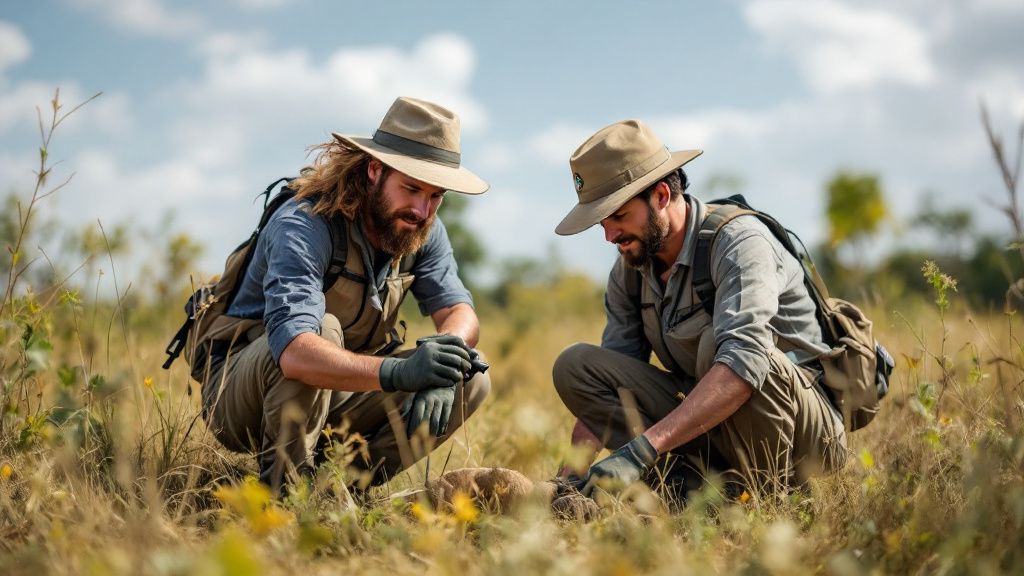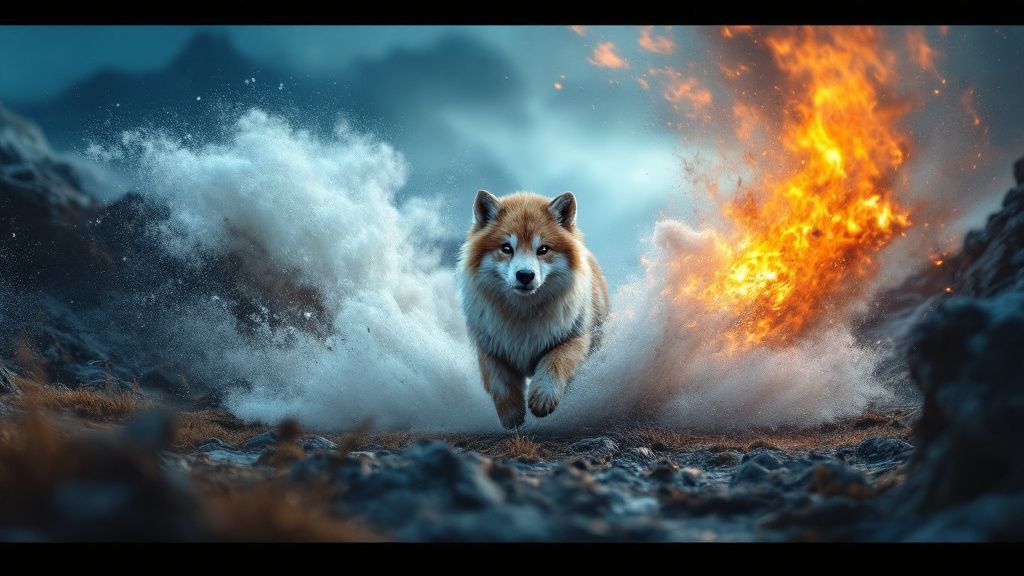
Discovering the wonders of unusual wildlife introduces you to some of the most fascinating creatures on our planet. The axolotl, a unique amphibian native to Mexico, stands out with its extraordinary ability to regenerate lost limbs, parts of its spinal cord, heart, and even sections of its brain. This remarkable capability has made it a subject of extensive scientific research. Additionally, the axolotl can breathe through its skin and gills, allowing it to thrive in low-oxygen environments, a rare adaptation among amphibians.
Another intriguing creature is the platypus, one of the few venomous mammals. Male platypuses possess spurs on their hind legs capable of delivering a painful venom to predators or rivals. This unusual adaptation highlights the diverse survival strategies found in nature. Similarly, the immortal jellyfish (Turritopsis dohrnii) can revert to its juvenile form after maturing, effectively bypassing death and restarting its life cycle. This unique ability has captured the attention of scientists and animal discovery enthusiasts alike.
Narwhals, often referred to as the 'unicorns of the sea,' possess a long, spiral tusk that can grow up to 10 feet long. This tusk is actually an elongated tooth, adding to the narwhal's mystique and contributing to its status as a rare animal. In the realm of unique animal adaptations, the male seahorse takes on the role of pregnancy, carrying and nurturing developing embryos in a pouch until they are ready to be born. This reversal of traditional reproductive roles is a fascinating example of unusual animal behavior.
The kakapo, a flightless parrot from New Zealand, is critically endangered, with only about 200 individuals remaining. This makes it one of the rarest birds in the world, highlighting the importance of animal conservation efforts. Meanwhile, the blue whale, the largest animal on the planet, can weigh as much as 200 tons and consume up to 4 tons of krill in a single day. Its immense size and dietary needs underscore the vast diversity of life in our oceans.
The echidna, another egg-laying mammal, showcases a unique feeding adaptation with its tongue that can extend up to 18 centimeters to catch ants and termites. This adaptation is a testament to the varied evolutionary paths taken by different species. Lastly, the okapi, often called the 'forest giraffe,' has a body shape similar to a horse but features zebra-like stripes on its legs. This combination of traits makes it one of the most unique animals in the African rainforest.
Explore more about these fascinating creatures and appreciate the incredible diversity of life on Earth.

In the realm of peculiar creatures, the platypus stands out with its remarkable traits. As one of the few mammals that lay eggs, the platypus shares this unique reproductive method with echidnas, classifying them both as monotremes. This sets them apart from most mammals, which give birth to live young. The male platypus also possesses venomous spurs on its hind legs, a rare feature among mammals, used for defense and asserting dominance during mating season.
The platypus's genome is a fascinating blend of reptilian, avian, and mammalian segments, offering insights into the early branches of mammalian evolution. This evolutionary mosaic is further complemented by its duck-like bill, which contains sensitive receptors that help it locate prey in dark waters, showcasing its adaptation to an aquatic lifestyle.
Another creature with extraordinary abilities is the axolotl, renowned for its regenerative capabilities. It can regrow limbs, parts of its heart, and even portions of its brain, making it a subject of extensive scientific research. However, axolotls are critically endangered in the wild due to habitat loss and pollution, emphasizing the need for animal conservation efforts to protect this unique species.
Learn more about the platypus and its remarkable traits that defy conventional evolutionary rules.

In the diverse habitats across the globe, extraordinary fauna thrive, each with unique challenges and conservation needs. The vaquita, the world's rarest marine mammal, resides exclusively in the northern part of the Gulf of California, Mexico. With fewer than 30 individuals remaining due to illegal fishing practices, it highlights the urgent need for animal conservation efforts.
The Northern White Rhinoceros is functionally extinct, with only two females left in captivity. Conservationists are focusing on advanced reproductive technologies to prevent the species from disappearing entirely. Similarly, the saola, often called the 'Asian unicorn,' inhabits the Annamite Range of Vietnam and Laos. Discovered in 1992, its population is estimated to be fewer than 750, threatened by habitat loss and poaching.
In Indonesia, the Javan Rhino is critically endangered, with around 76 individuals found only in Ujung Kulon National Park. Conservation measures include habitat protection and anti-poaching efforts. Meanwhile, the Amur Leopard, native to the temperate forests of the Russian Far East and Northeast China, is one of the rarest big cats, with fewer than 100 individuals remaining. Efforts to preserve its habitat and prevent poaching are crucial for its survival.
The Kakapo, a flightless parrot from New Zealand, has seen its population increase to about 252 individuals due to intensive conservation efforts, including breeding programs and habitat restoration. The Sumatran Orangutan faces significant threats from habitat destruction due to palm oil plantations, with only around 14,000 individuals left in the wild.
The California Condor, once nearly extinct with only 27 individuals in 1987, now boasts a population of over 500 thanks to successful breeding and reintroduction programs. However, it remains critically endangered. Lastly, the Blue Whale, the largest animal on the planet, is classified as endangered, with conservation efforts focusing on protecting its feeding grounds and reducing ship strikes.
Explore the habitats that host these extraordinary creatures and understand the importance of preserving our planet's unique wildlife.

Conservation efforts for rare species are crucial in maintaining biodiversity and preventing extinction. The Endangered Species Act (ESA) has been instrumental in this regard, preventing the extinction of 99% of the species listed under it. This showcases its effectiveness in animal conservation. The International Union for Conservation of Nature (IUCN) Red List of Threatened Species serves as the most comprehensive source of information on the global conservation status of species, providing insights into the health of biodiversity worldwide.
Efforts are increasingly focusing on habitat restoration and captive breeding programs, which have shown success in stabilizing populations of endangered species. In 2023, the World Wildlife Fund (WWF) reported active protection of over 1,000 species from becoming endangered or extinct through various initiatives. A recent study emphasized the importance of involving local communities in conservation efforts, as they often rely on the same resources that endangered species need, creating a balance between human needs and biodiversity protection.
The U.S. Fish and Wildlife Service has noted that the ESA has stabilized populations of many species, with ongoing efforts to conserve their habitats and address threats such as climate change. The International Fund for Animal Welfare (IFAW) is currently supporting ten significant conservation projects aimed at protecting wildlife and their habitats, highlighting the importance of global collaboration.
Recent statistics indicate that habitat loss and poaching are the primary threats to endangered species, necessitating urgent conservation actions to mitigate these risks. The conservation status of species is assessed based on factors like population size, range, and genetic diversity, which are critical for determining the likelihood of extinction. Efforts to protect unique species are also focusing on climate adaptation strategies, as changing climates pose new challenges to their survival.
Explore the impact of the Endangered Species Act and other conservation efforts that are vital for the survival of rare animals.

The impact of climate change on unique wildlife is profound, threatening the survival of many species. A study indicates that more than half of the world's amphibian species are predicted to lose over half of their current habitats due to climate change, making them one of the most at-risk groups. By 2024, an estimated 17% of Earth's species could be lost as a direct result of climate change, with unique ecosystems like coral reefs facing catastrophic declines.
The unique biodiversity of islands is particularly vulnerable, as climate change could lead to the extinction of many endemic species that cannot migrate to new habitats. This is a significant concern for conservationists working to protect these rare animals. Unique species such as the snow leopard are facing habitat fragmentation due to climate change, which disrupts their hunting patterns and reduces genetic diversity.
Climate change is also altering the distribution of species, with unique animals like the mountain gorilla facing increased threats from habitat loss and human encroachment as they migrate to cooler areas. These changes highlight the urgent need for animal conservation efforts to address the challenges posed by a changing climate.
Learn more about the impact of climate change on unique wildlife and the importance of preserving these extraordinary species.
Get free resources, early access to new features and updates.
No spam. Just fun educational emails!